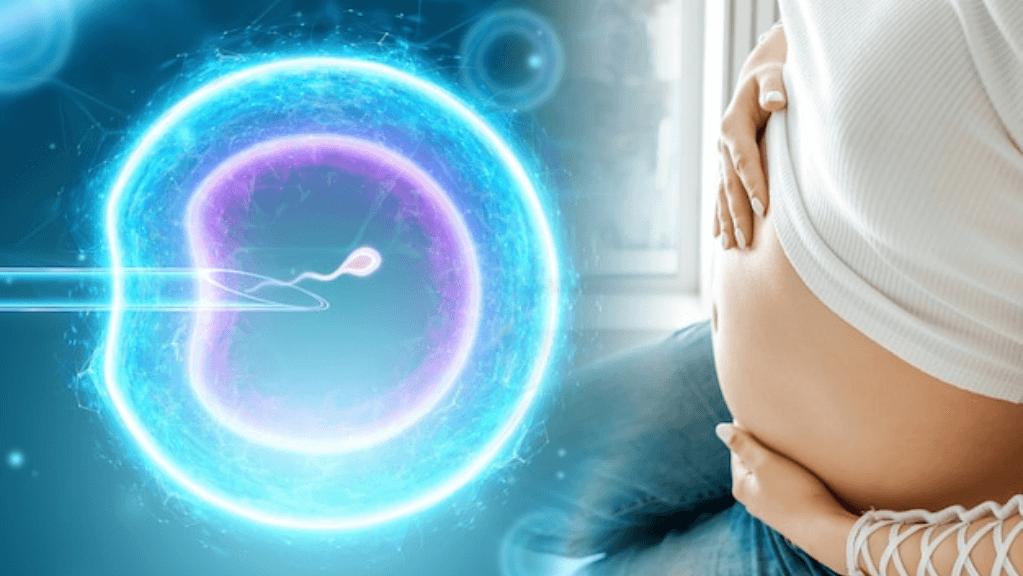
Frozen embryo transfer (FET) is a valuable option for expanding your family using embryos that were preserved from a previous IVF cycle or in cases where a previous cycle was unsuccessful, leading to the freezing of embryos for future attempts. FET offers numerous benefits, such as reducing the financial and physical strain associated with a fresh IVF cycle, as it eliminates several complex steps like pre-transfer testing, ovulation induction, egg retrieval, sperm retrieval, and embryo culture.
At Gaudium IVF Centre, our clinics are fully equipped to provide top-notch FET and infertility treatments in India. Our laboratories adhere to stringent international protocols, ensuring the highest standards of hygiene and safety, leaving no room for human error.
The FET Protocol
The FET Protocol can be either ‘natural’ or medicated. In a natural FET cycle, minimal or no medication is used, and the embryo transfer is timed to align with the uterus’s readiness to accept the embryo. This involves closely monitoring your menstrual cycle for ovulation and assessing the uterine lining’s thickness (endometrial thickness) through blood tests and ultrasound scans. Once the uterus is ready, the embryo transfer is performed.
Depending on age, uterine health, and reproductive history, some patients require medication to prepare the uterus for the transfer so that the chances of successful implantation may be maximized. This process typically spans 6 to 8 weeks and includes:
- Medication for 3 to 4 weeks to suppress ovulation and prevent the release of eggs.
- Regular blood tests and ultrasound scans to assess hormone levels and uterine health.
- Administration of estrogen and progesterone medication to prepare the uterine lining.
- Further monitoring via blood tests and ultrasounds to confirm readiness for embryo transfer.
- Thawing of frozen embryos and selection of a healthy embryo for transfer.
- A straightforward embryo transfer procedure using a catheter.
- Continued supplementation with estrogen and progesterone to maintain the uterine lining.
- A pregnancy test two weeks after the embryo transfer.
The success rate of FET is influenced by various factors, including the woman’s age at the time of transfer, the health of the uterus, the quality of the frozen embryos, the freezing protocol employed by the IVF lab, and the stage at which embryos were frozen (day 2, 3, or 5). Additionally, not all embryos survive the freezing and thawing process, and the expertise of the IVF lab performing the transfer also plays a crucial role in determining the FET’s outcome. If you have questions regarding FET or would like a second opinion on a FET cycle you can visit Gaudium IVF, Best IVF Centre in Delhi



